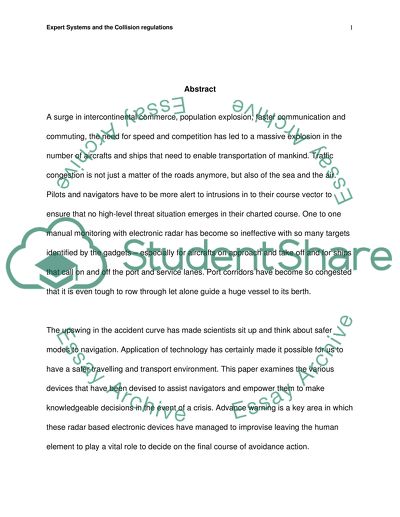Cite this document
(“Expert Systems and the Collision regulations Essay”, n.d.)
Expert Systems and the Collision regulations Essay. Retrieved from https://studentshare.org/miscellaneous/1503530-expert-systems-and-the-collision-regulations
Expert Systems and the Collision regulations Essay. Retrieved from https://studentshare.org/miscellaneous/1503530-expert-systems-and-the-collision-regulations
(Expert Systems and the Collision Regulations Essay)
Expert Systems and the Collision Regulations Essay. https://studentshare.org/miscellaneous/1503530-expert-systems-and-the-collision-regulations.
Expert Systems and the Collision Regulations Essay. https://studentshare.org/miscellaneous/1503530-expert-systems-and-the-collision-regulations.
“Expert Systems and the Collision Regulations Essay”, n.d. https://studentshare.org/miscellaneous/1503530-expert-systems-and-the-collision-regulations.


